Champagne's historical heritage
Trace the rich history of the region and explore the monuments and sites that are listed on the UNESCO World Heritage. From the Roman times, to the Kings’ coronations, to the battles of WW1, our passionate guides will be glad to share their knowledge with you…
REIMS AND ITS CATHEDRAL
“A rock pile ceases to be a rock pile the moment a single man contemplates it, bearing within him the image of a cathedral”
– Antoine de Saint Exupery
The city of Reims – which French people pronounce “ranse”(not exactly though but that is as close as we can get) – has a very rich history. During the Roman Empire, it was a powerful town called Durocortorum and stood as the Capital of the Gallia-Belgica province.
In the early Middle Ages, Western Europe was fragmented into various independent kingdoms, whose leaders tried to extend at the expense of their neighbors. The current Champagne area was controlled by a Germanic tribe: The Franks. Their leader – Clovis – was a pagan who, throughout the years, conquered numerous territories and build up a vast kingdom, a predecessor of France as we know it today. At the end of the fifth century, Clovis decided to convert to Christianity in Reims. Clovis’s baptism established the link between the French monarchy and the Church. In memory of this event, 33 French kings came back to Reims to get crowned in the “City of Coronations”.
These coronation ceremonies required a proper venue that could met their royal prestige. Hence, the beautiful Notre Dame de Reims Cathedral – a Gothic piece of art – was built from the end of 13thcentury. Until 1825, it hosted the coronations of the French monarchs.


This magnificent monument is larger and more ornate than Notre Dame de Paris and it was listed as Unesco World Heritage in 1991. The Cathedral really is a must-see for anyone that comes to the Champagne area.
We will arrange a guided visit of the Cathedral with a private expert guide for you. Let yourself be guided along the alleys of this outstanding church. You will learn more about the royal history of Reims into the Palais du Tau – the former archbishop’s palace, where the kings stayed before their crowning is now a beautiful museum.

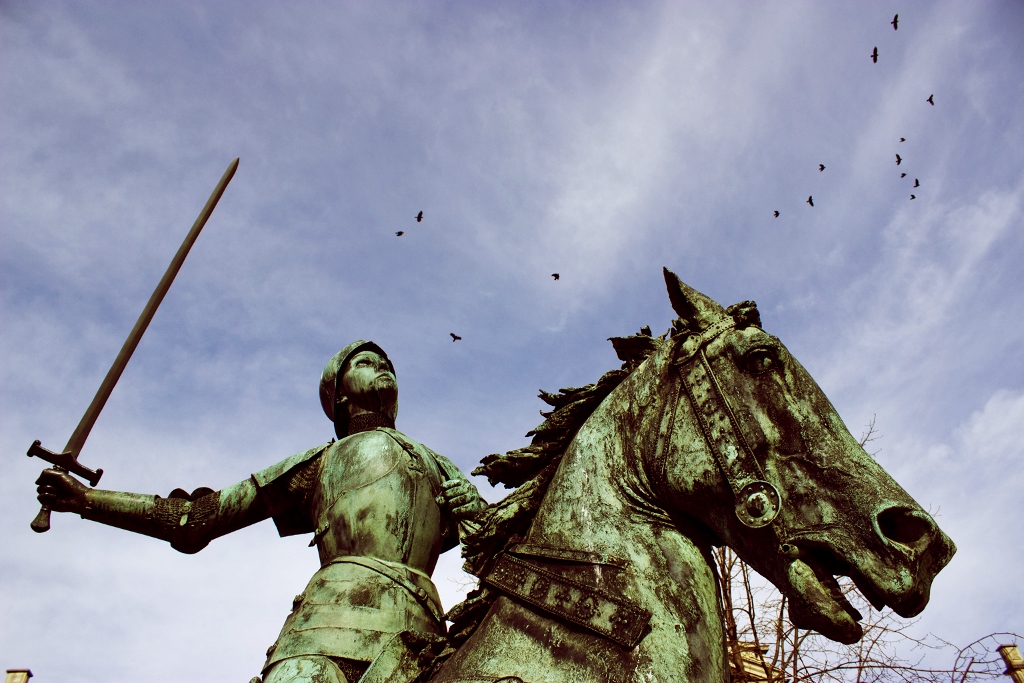
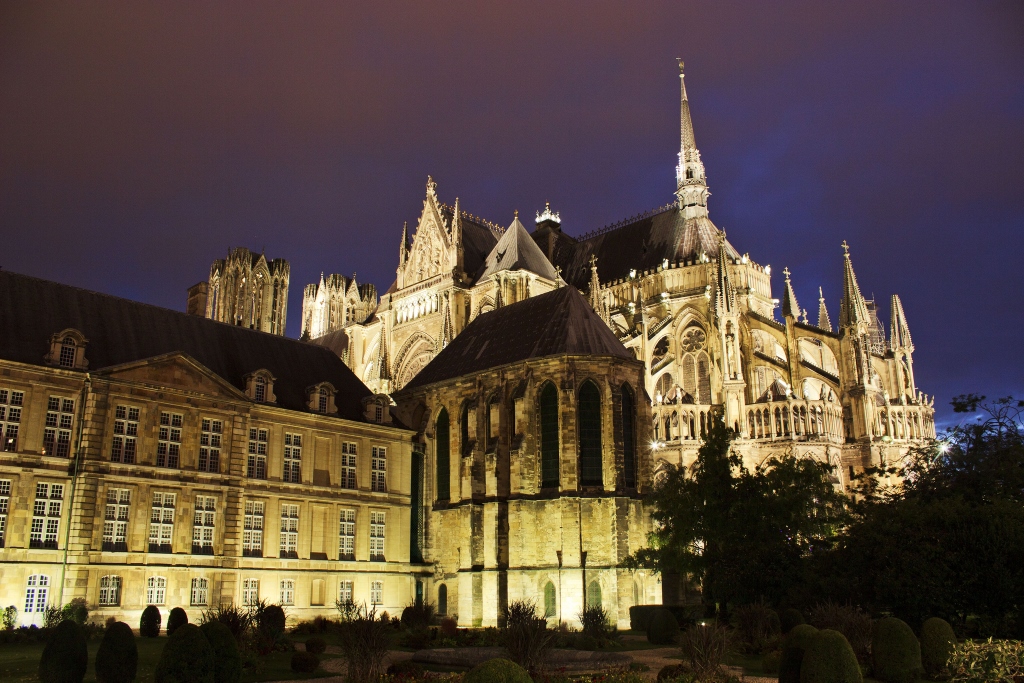
ART-DECO ARCHITECTURE
Apart from the Cathedral, your passionate guide will make you discover other iconic buildings of Reims. As 85% of the town got destroyed during WWI, it features an Art-Déco architecture, which originates from the reconstruction and gives it its DNA. Indeed, among the major French cities, Reims was the most-severely affected by the Great War. In the 1920s, almost every block in the city had to be rebuilt. The area was turned into a gigantic construction yard, in which the Art-Déco style played a major role. A walk through the streets of Reims city center with your guide will help you uncover this part of the regional legacy.
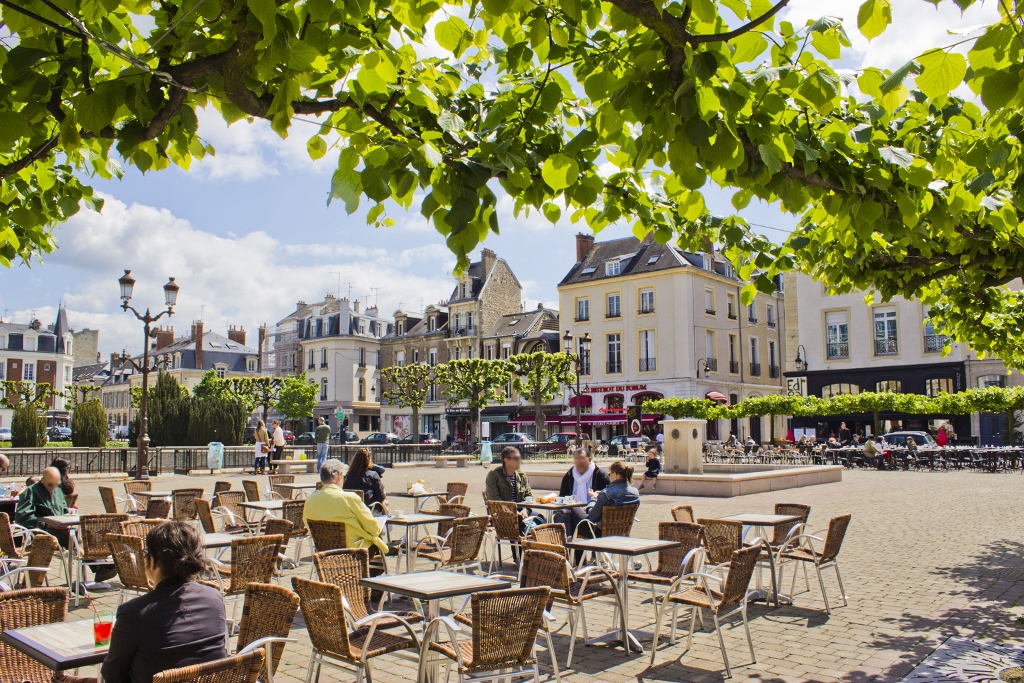
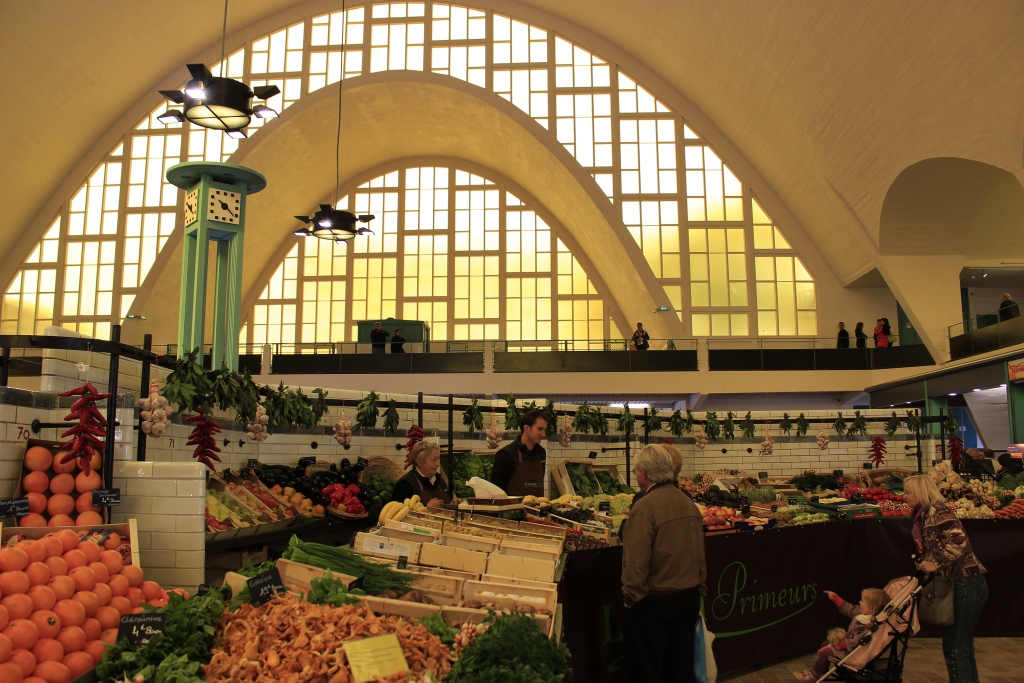
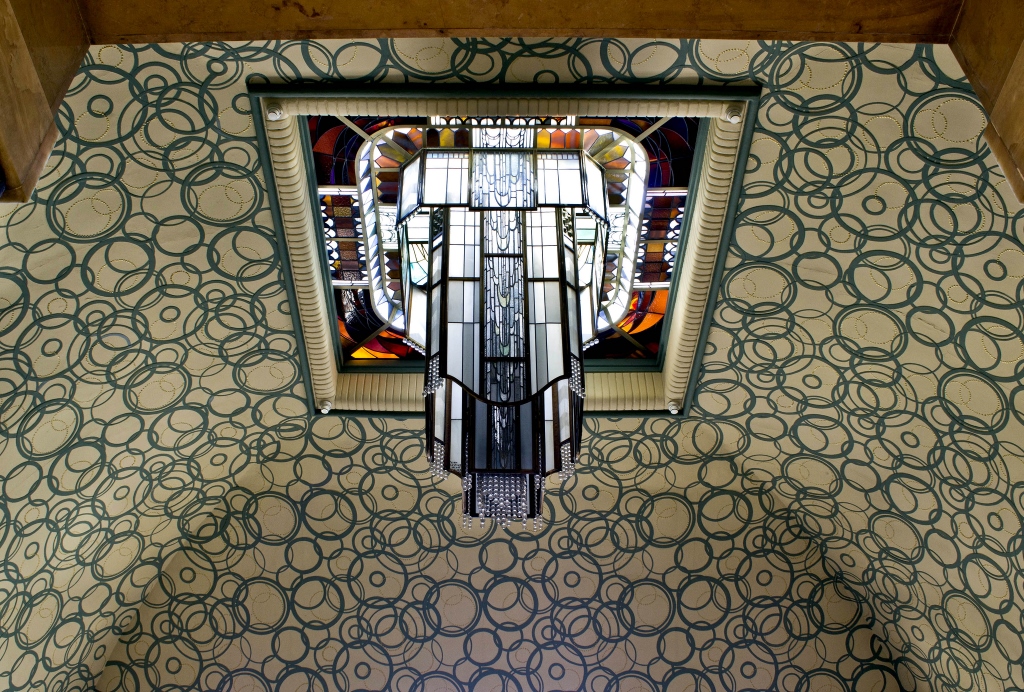
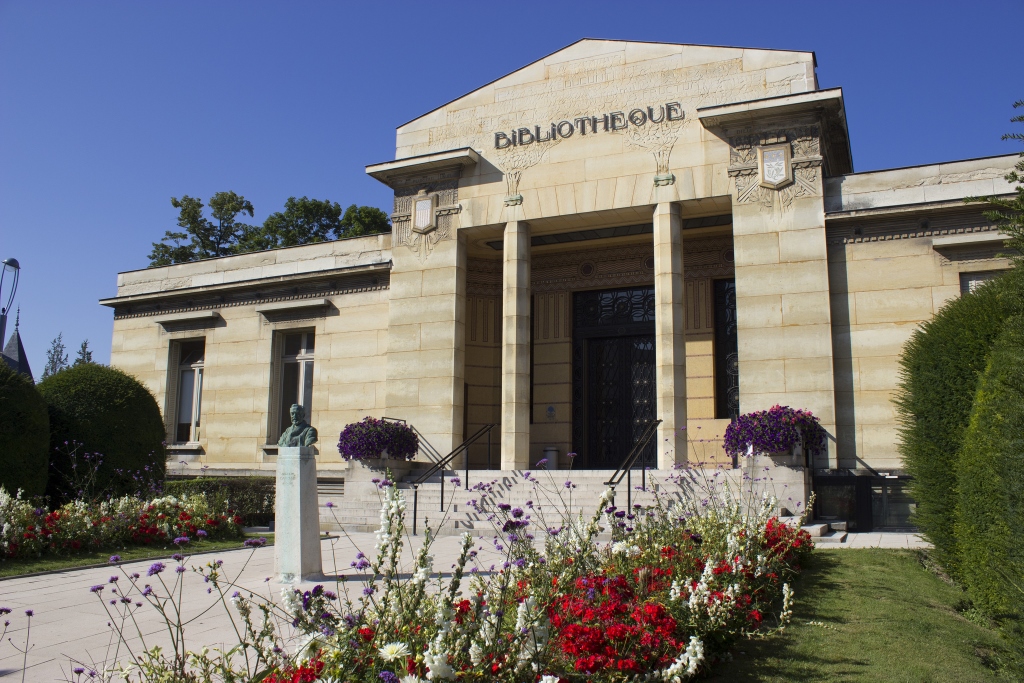
Champagne HISTORY
Wine production in Champagne started with the Roman Empire. From that time, the Champagne “terroir” has proven its predispositions for vine-growing. Its chalky soil provides a constant and natural irrigation of the vines, while it retains the nutrients as the water is drained through. The area benefits from the influences of both the oceanic climate and the continental climate, which result in constant & moderate rainfall, relatively-low changes of temperature over the year, and sufficient sunlight during summer for grape ripening.
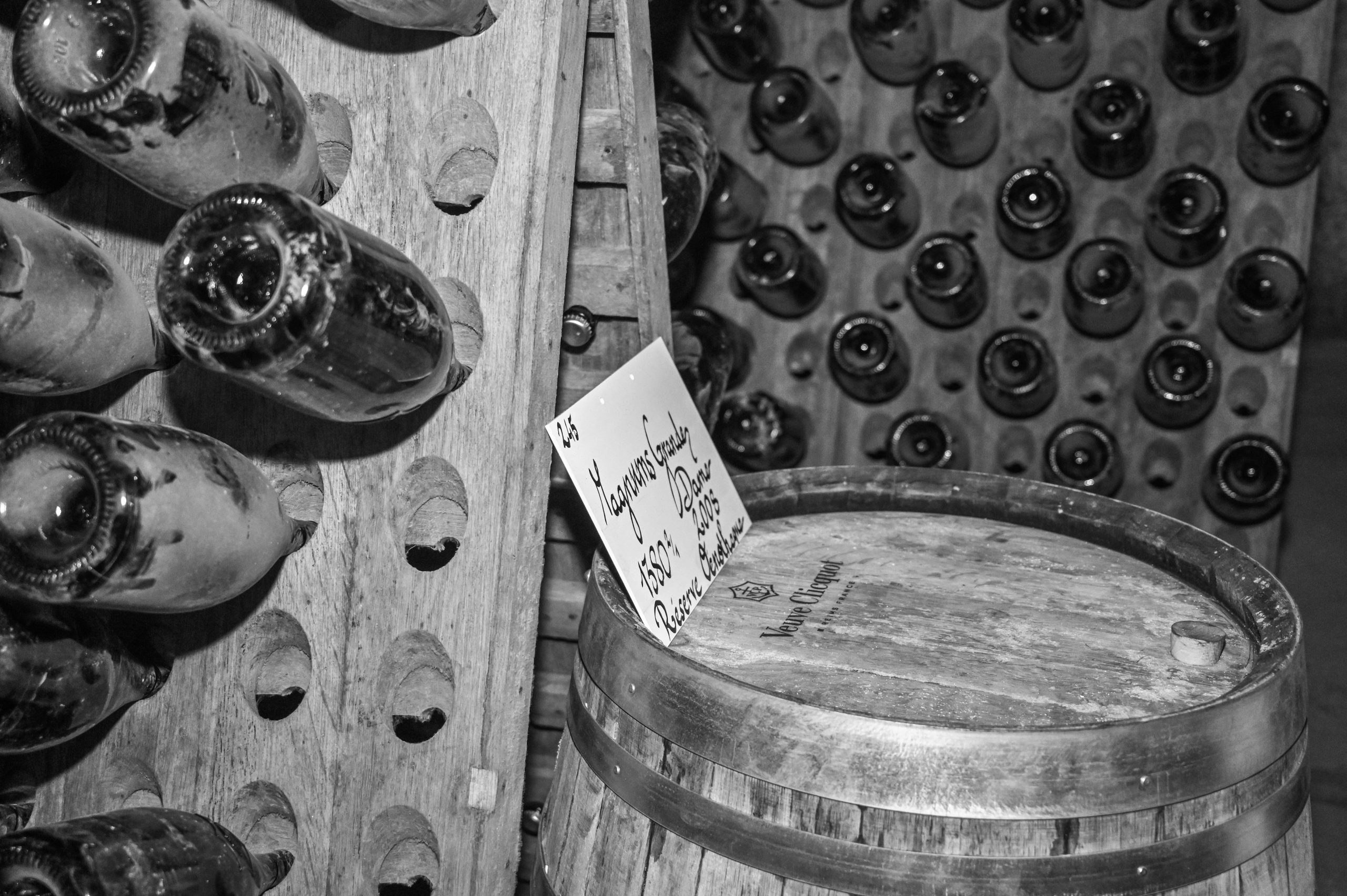
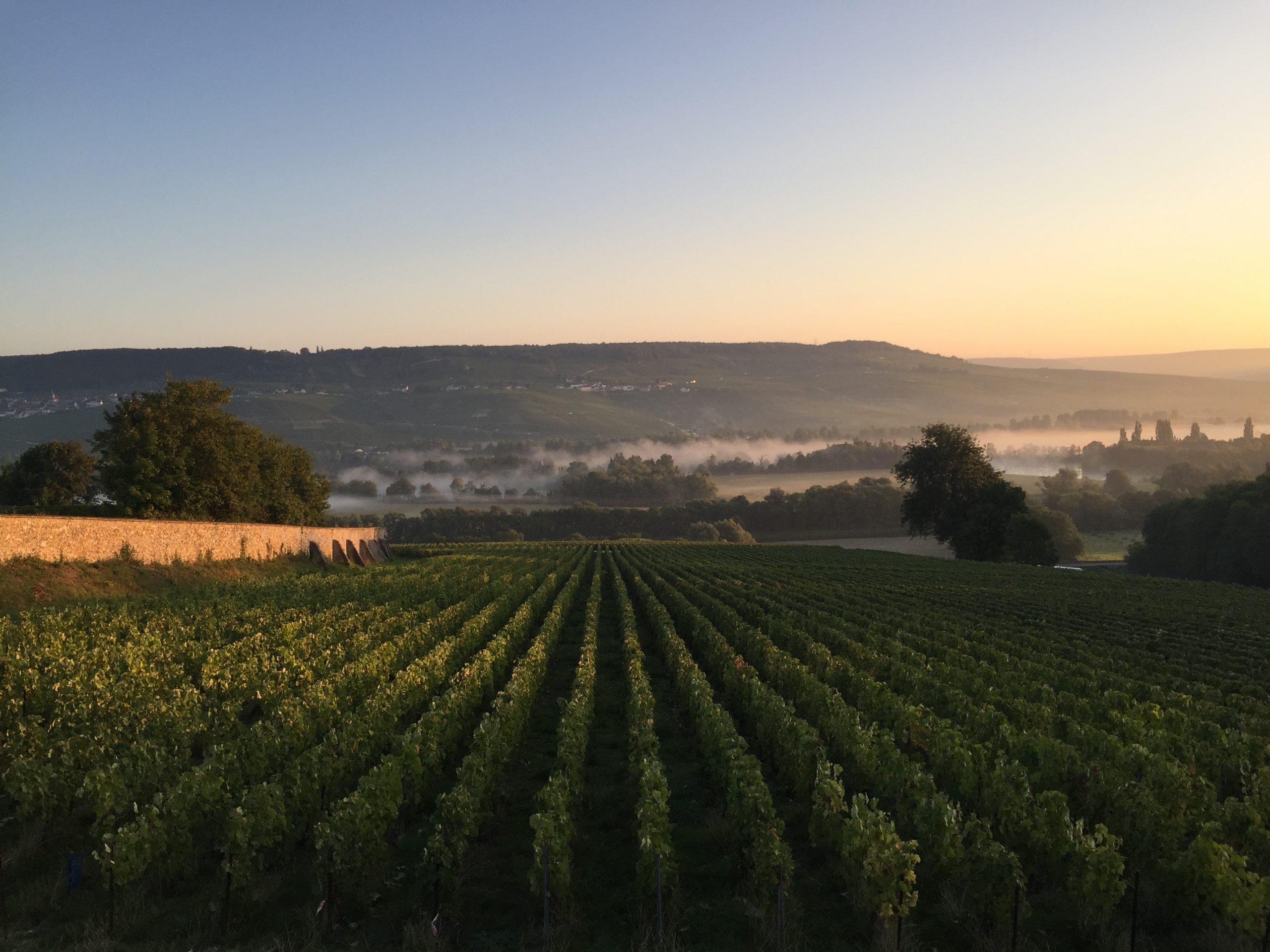
Throughout the centuries, the men and women of the region have taken advantage of these natural characteristics to grow vines on the hillsides of the Champagne country-side.
In the Middle-Ages, wine-making was the monks’ responsibility. Indeed, monks were some the most-educated people during the medieval period, and therefore, they were able to learn, understand and control the fermentation process. The Church and its representatives were also powerful people, who collected grapes from every local farmer as taxes.
In the late 17th century, a monk called Dom Pierre Perignon invented the wine blending process in his abbey of Hautvillers. He realized that he could achieve a better quality by pressing together grapes of different varietals and different plots. Since then, blending has been a key feature of the Champagne wines.
For this reason, the charming village of Hautvillers is considered as the birthplace of Champagne-making and it is a must-see for any visitor in Champagne. You will trace the history of Champagne with your guide during a commented walk through the picturesque streets of the village, and into its church, where the famous monk is buried!
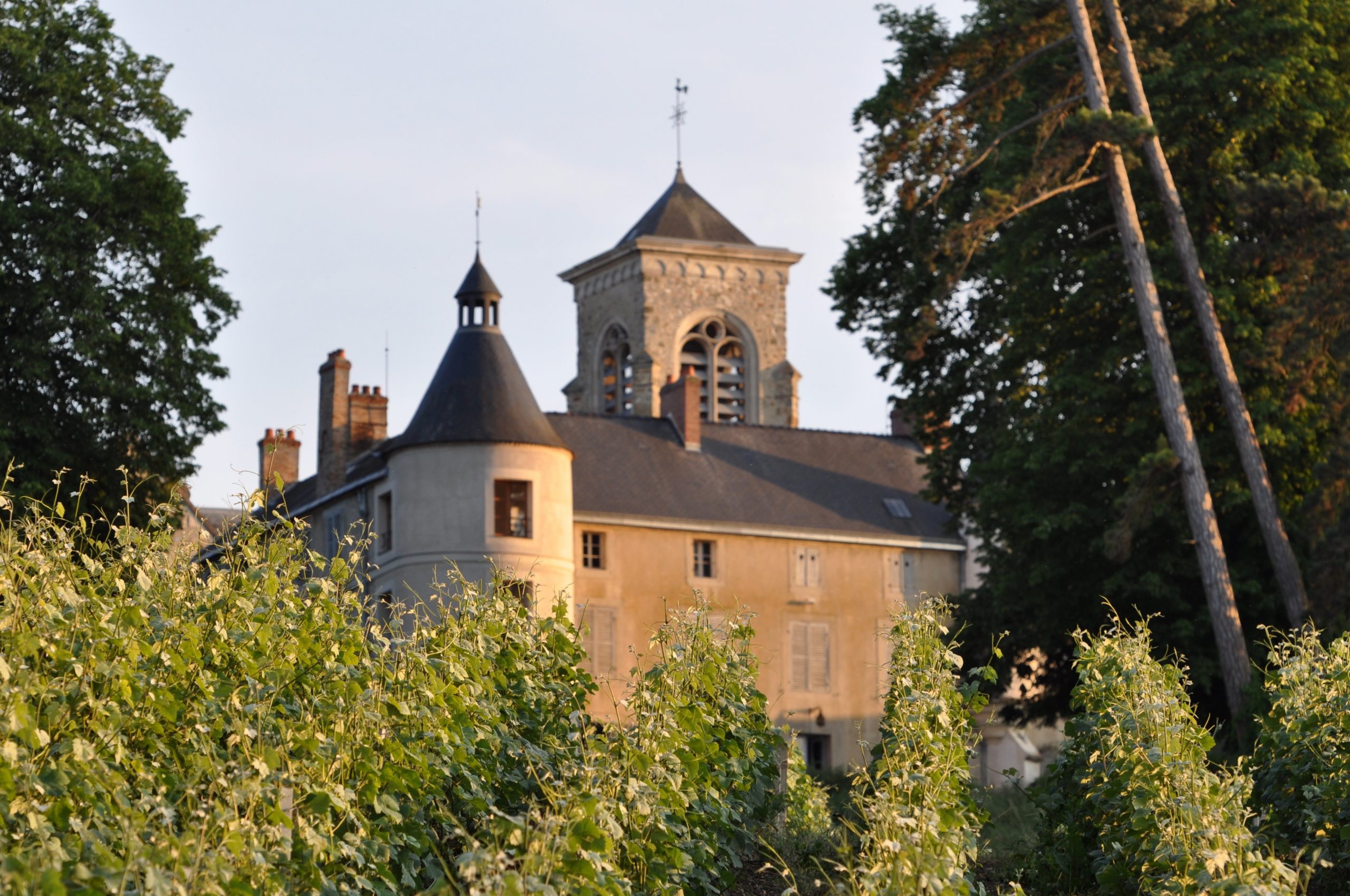
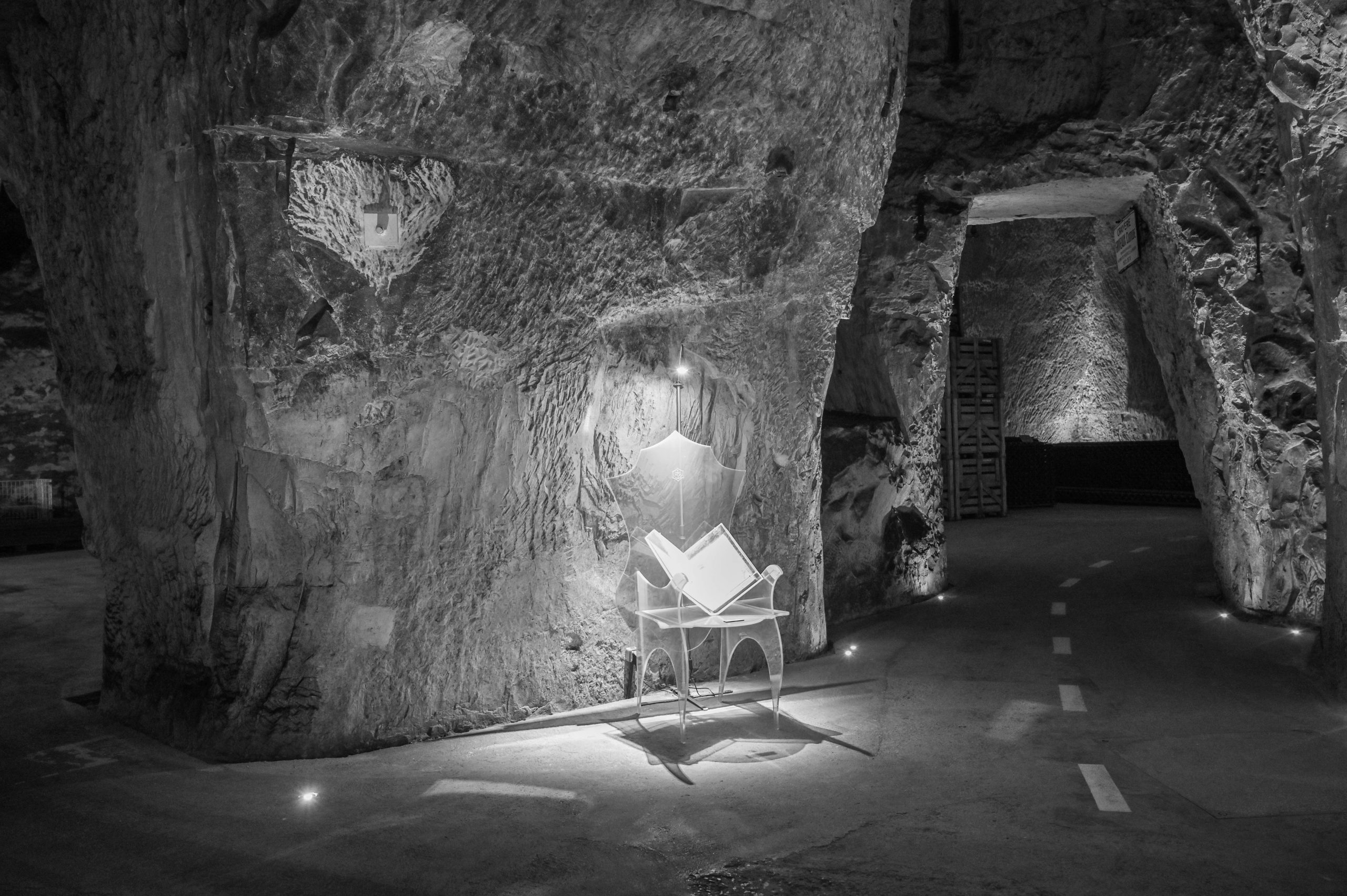
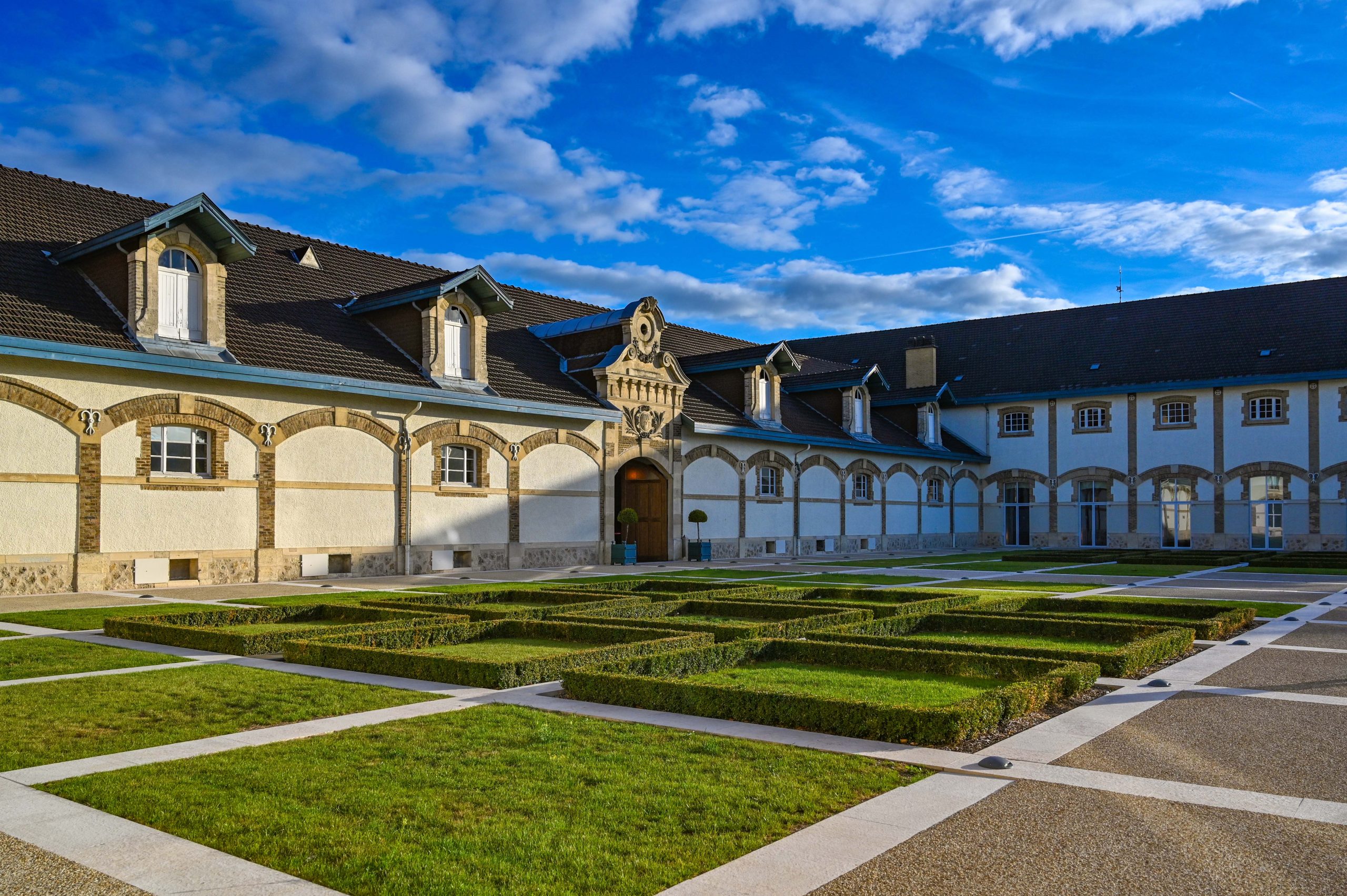
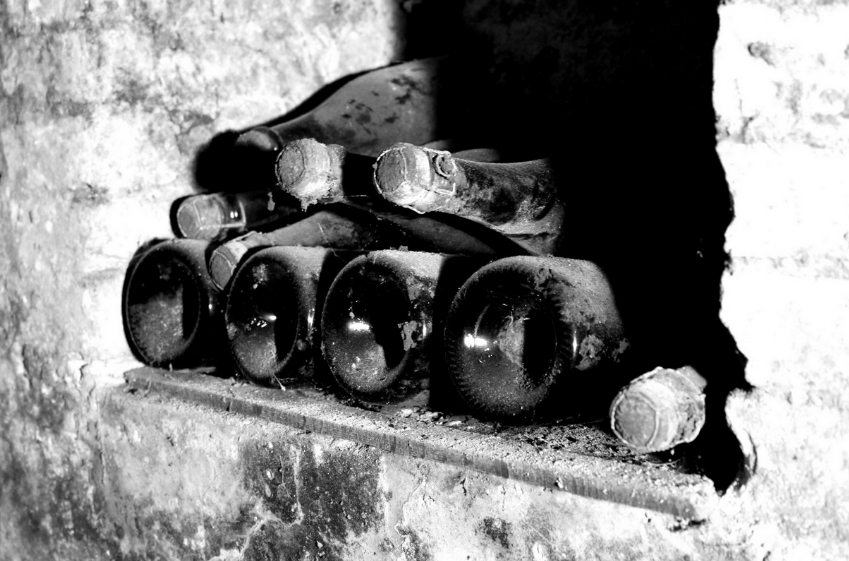
WW1 Tours
Reims and its surrounding areas were severely affected during the First World War. In the city, people escaped the shells by hiding in the Champagne cellars. In the country-side, some of the toughest battles were fought along the Marne river… Your guide will take you to important remembrance sites such as Belleau Wood or the Hill 204 Memorial, which is dedicated to the 10 US divisions that fought in the Chateau Thierry sector. They will be glad to share with you their knowledge about the Great War.
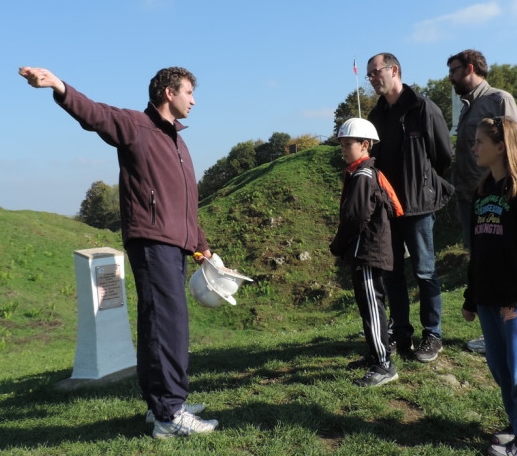

On another day excursion, our expert English-speaking guide will take you to the Verdun area, where the Hell of Verdun took place in 1916. You will visit the Douaumont Fort, the Ossuary and the French cemetery. A drive to the destroyed village of Fleury will deepen your understanding of this part of the World’s history. There, you will be able to discover remains of trenches and shell holes.
Not too far from Verdun, the Meuse-Argonne battlefield was the setting of the last and the main American offensive in WW1, which involved more than a million men. The Meuse-Argonne battle ended on November 11th1918, when the armistice put an end to the war. Stopping at the impressive Meuse-Argonne American Cemetery and at the American Memorial of Montfaucon will be the right way to finish such an immersion into the dramas of the past century.
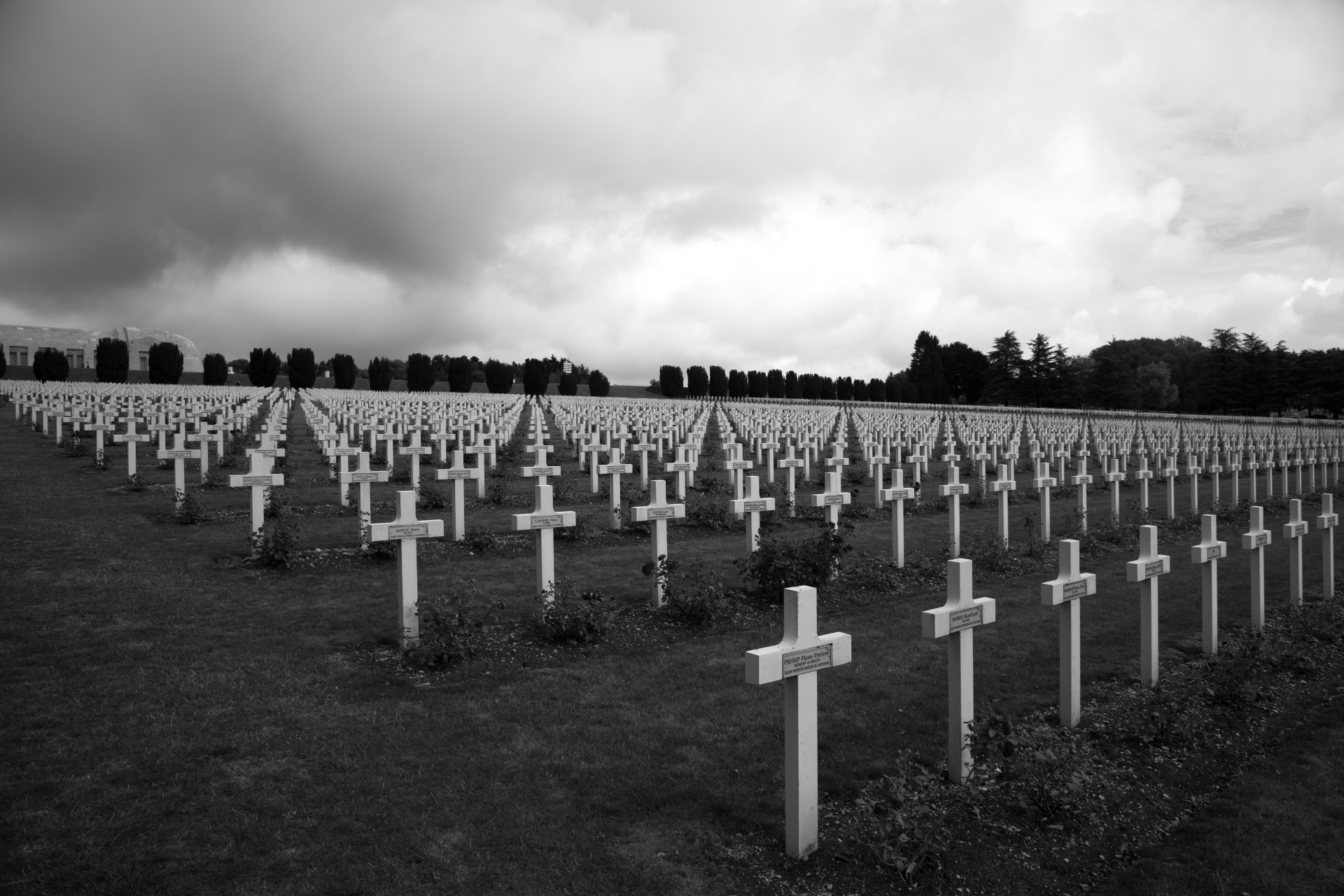

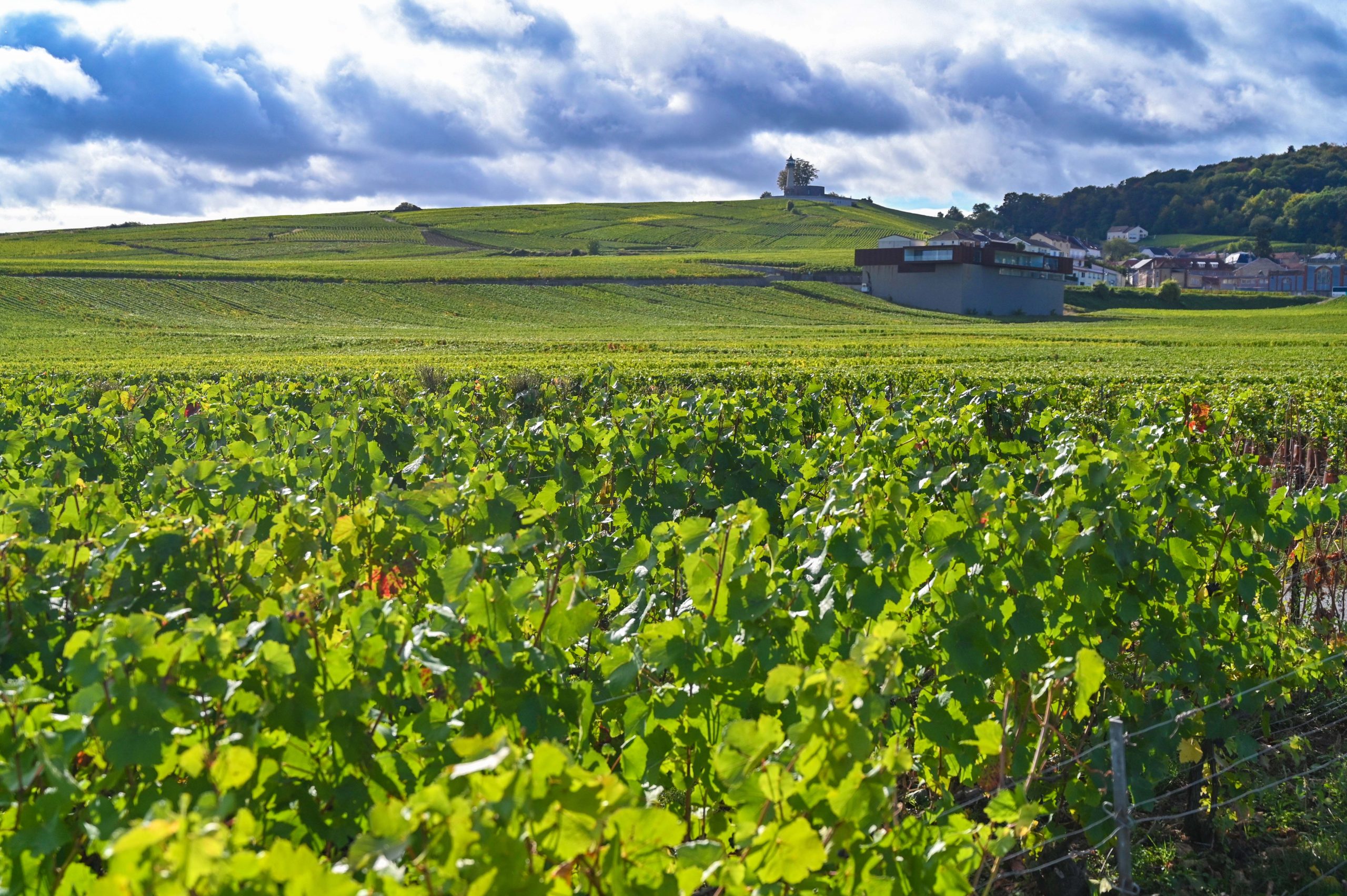
Let us Make it happen for you!
Please let us know you expectations and we will get back to you about availability and pricing within one business day.
